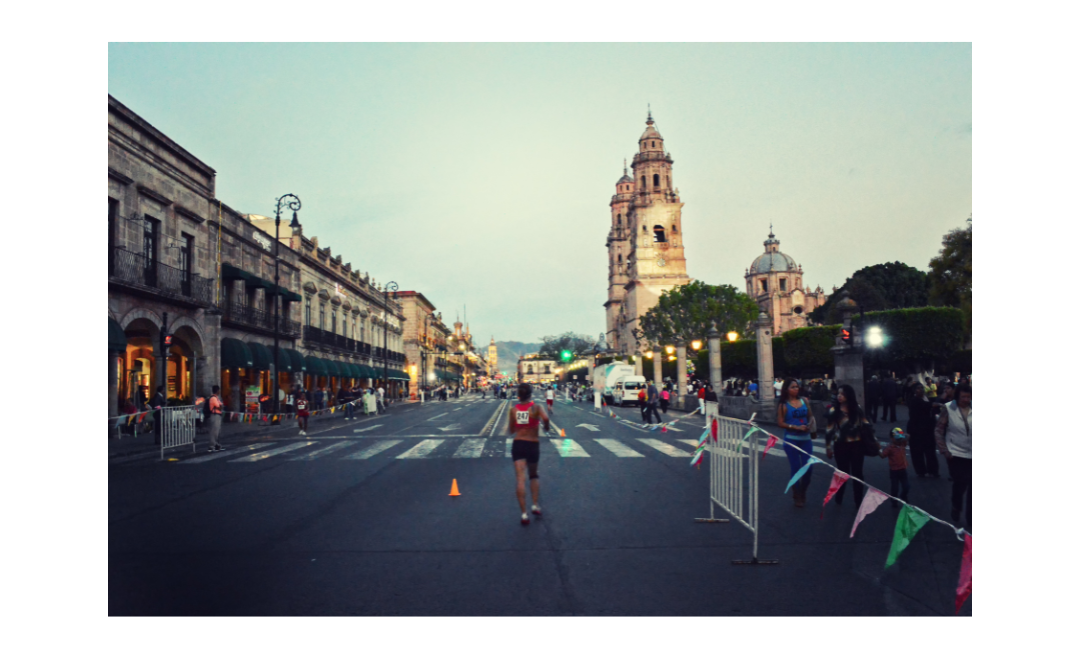Training for a Marathon – Part 3: The event
Early morning alarms. Sacrificing late nights in favour of long runs. Following a training plan that’s pushed you to your physical and mental limits.
And finally—you’ve made it to the start line of your marathon!
Hopefully you’re feeling prepared and fresh from your taper, with some healthy pre-race nerves. Reflecting on the work you’ve done over the past months can build confidence—but it can also add pressure. While it may still be “just putting one foot in front of the other,” this run will feel different. Because it is different.
Being logistically prepared on race day can help you make the most of your training. Getting it wrong can sabotage your performance.
Logistics Matter
A regular training session might mean: alarm goes off, you get dressed, warm up, and are out the door within 20 minutes.
A marathon, on the other hand, can involve:
- Travel
- Sleeping in a different bed
- Changes to your usual mattress, pillow, room temperature, light exposure, and background noise
- Unfamiliar surroundings
For some runners, these changes are just part of the experience. For others, they can mean a sleepless night and starting race day already feeling behind.
Arriving at the Event Site
Expect:
- Crowds
- Loud music and announcements
- Long queues at the portaloos
- Bag drop areas
- Corrals for wave starts
Take time beforehand to:
- Read the event site map
- Understand road closures and access points
- Study the course map
This preparation helps you relax and prevents last-minute stress. Plan your arrival carefully, and consider doing a trial run if you’re unfamiliar with the venue. If you have a long journey in, you may have time for a small meal to top up your overnight-depleted liver glycogen stores (carbohydrates).
⚠️ Important: This pre-race meal should be practiced during training—ideally before a long run or tune-up race (e.g., a half marathon)—to ensure it sits well at similar intensity levels.
Pacing on Race Day
At the start line, you’ll likely be bouncing around nervously, trying to stay warm or sneak in a few stretches. Stick to what works for you. Conserve your energy—don’t overdo the warm-up or sit still too long before blasting off.
When the gun goes off, it’s easy to get swept up like seagulls chasing a hot chip—runners charging off much too fast, caught up in adrenaline and the crowd. Starting too hard can dramatically affect your performance in just the first few kilometres.
- Start in the appropriate corral for your target time to avoid being overtaken or jostled
- This gives you a better chance of settling into your pace early
Be Smart About Pace
The marathon will often feel surprisingly easy in the early kilometres. But don’t be fooled—a pace that feels fine at 5 km might feel unsustainable at 30 km or beyond.
If your early splits are coming in faster than planned, check your ego and slow down. Remember: the goal is to finish strong.
If the course is relatively flat, the best pacing strategy is to aim for even splits or a negative split (running the second half slightly faster than the first). This gives you the best shot at a strong finish and potentially your best time.
Enjoy the Day
One last tip: smile.
Smiling has been shown to reduce perceived exertion, which means it can literally help you feel better and run better.
So soak up the atmosphere. Celebrate the journey. You’ve earned it.
Dr Brendan O’Loughlin is an experienced marathon runner—and even more experienced at helping runners stay injury-free and achieve their goals.

